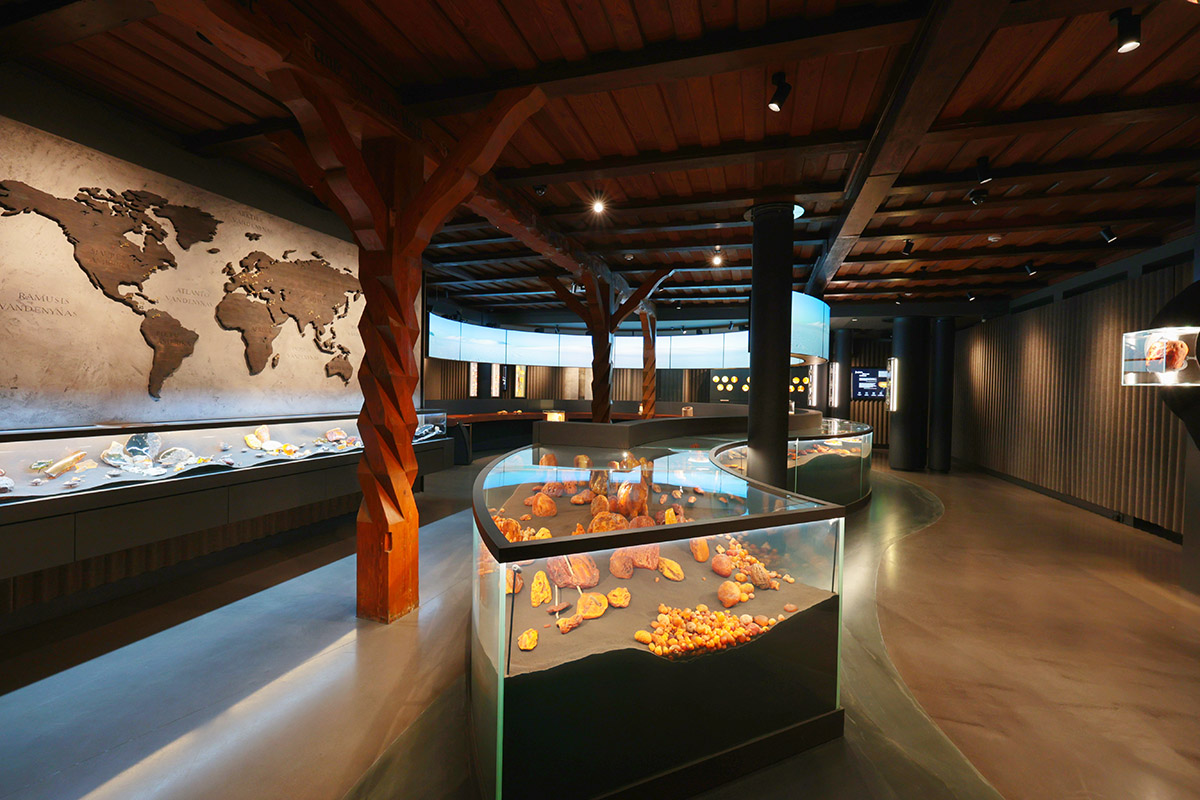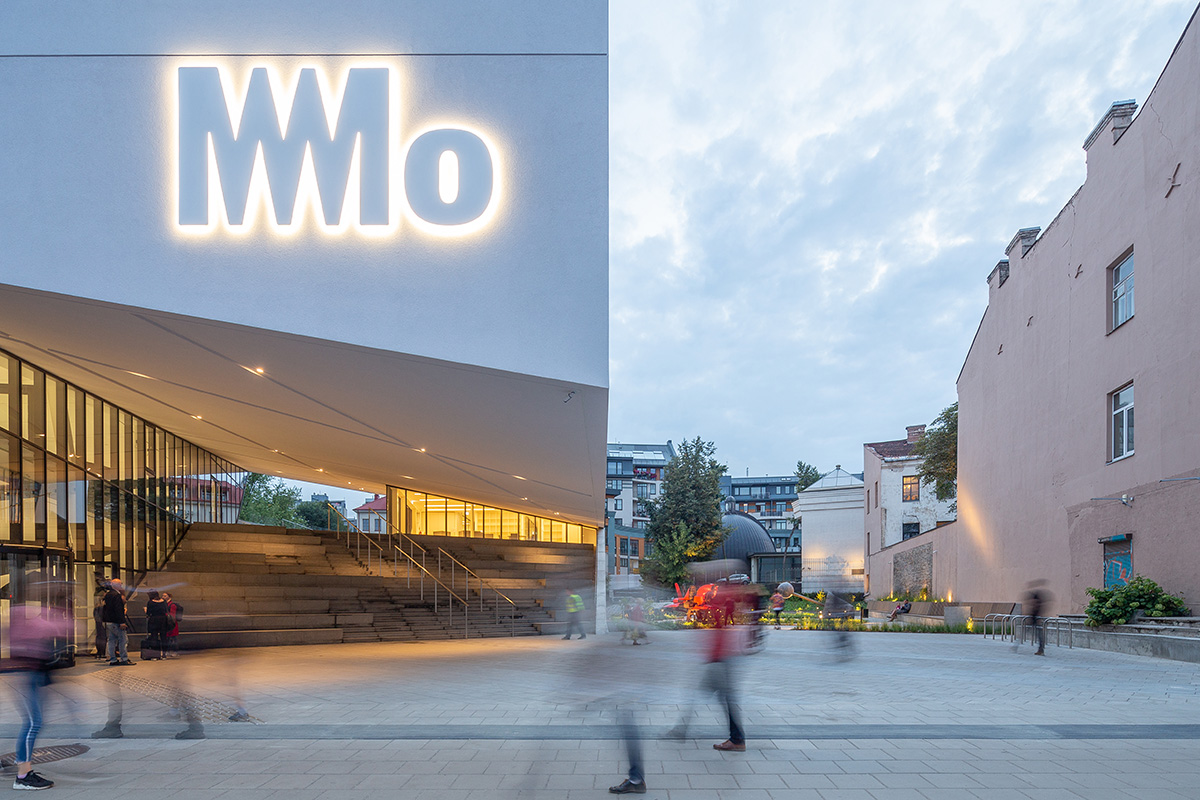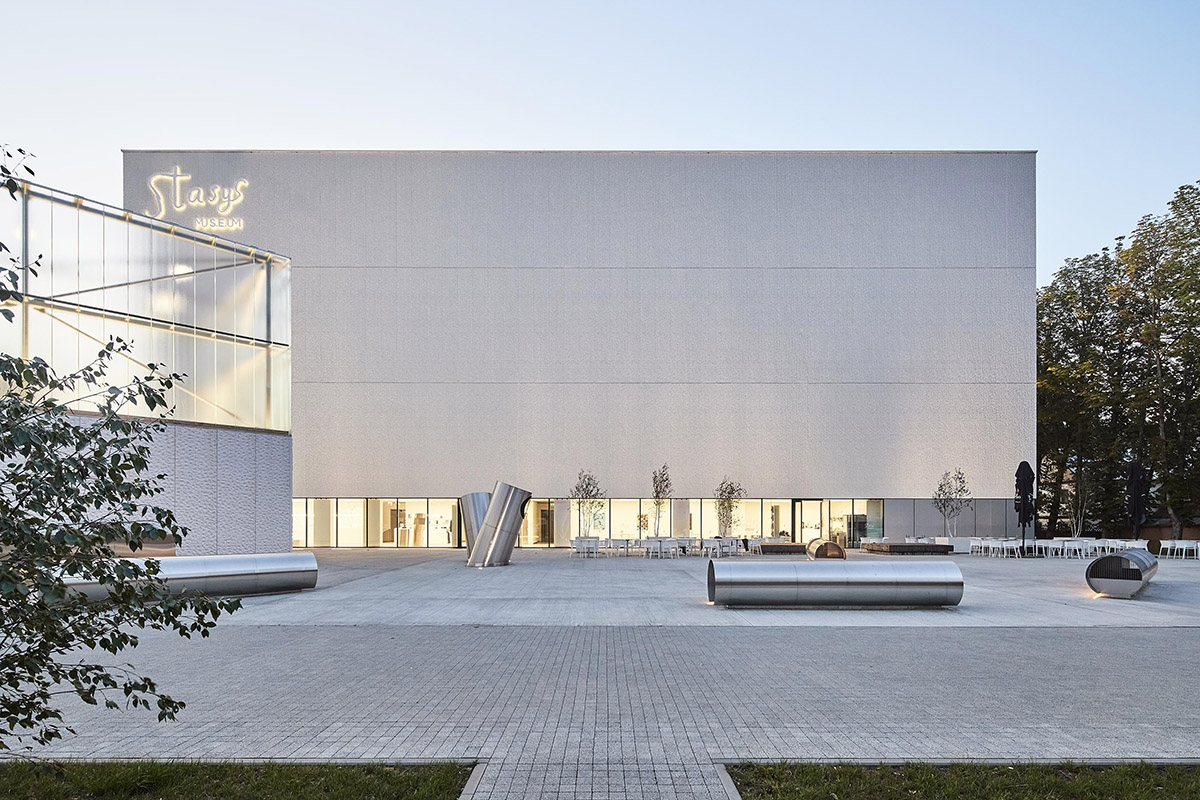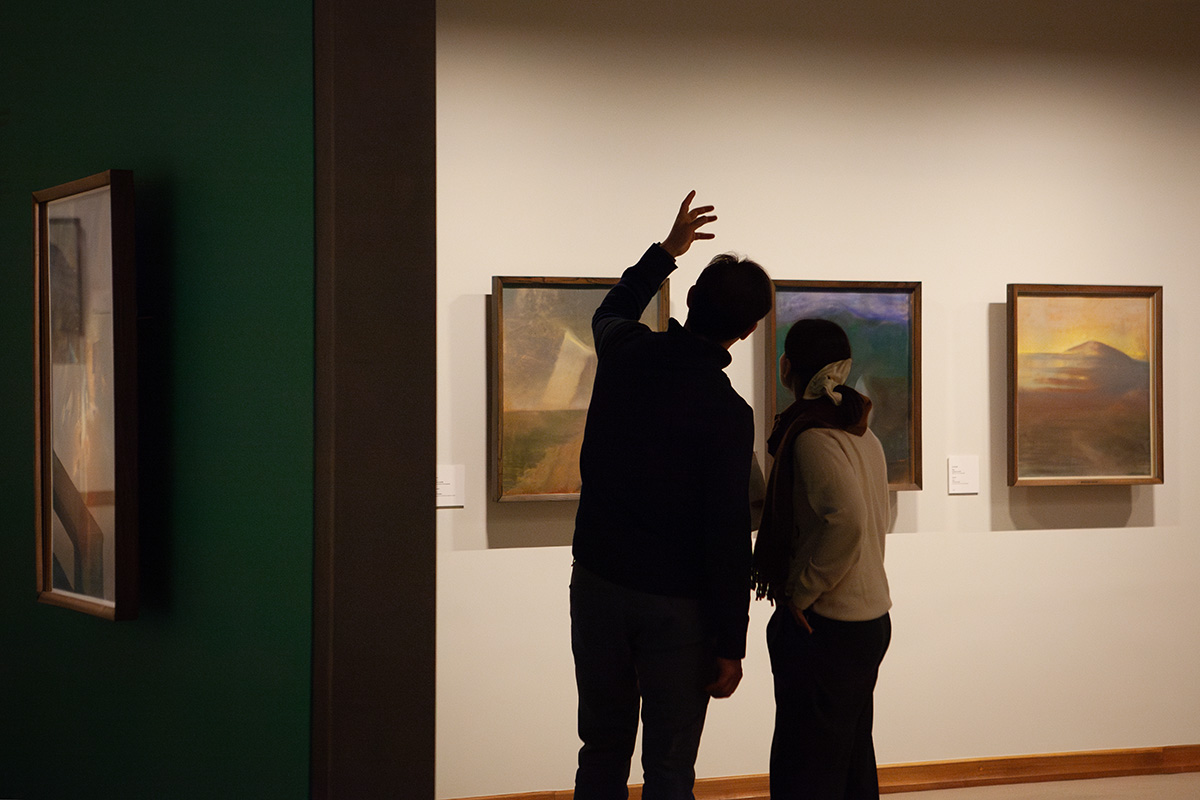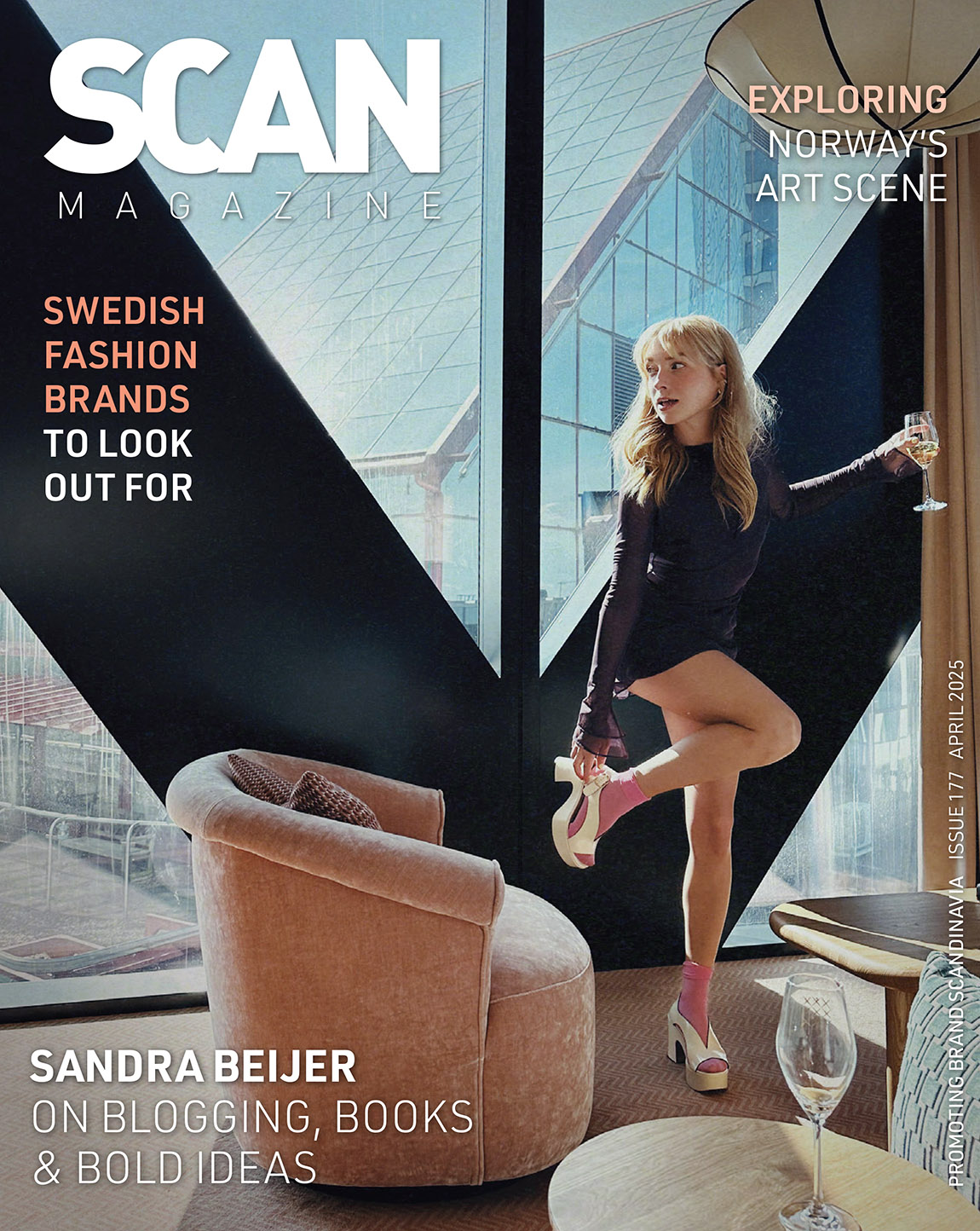Nordiska museet: A modern approach to cultural history
By Pia Petersson | Photos: Nordiska museet
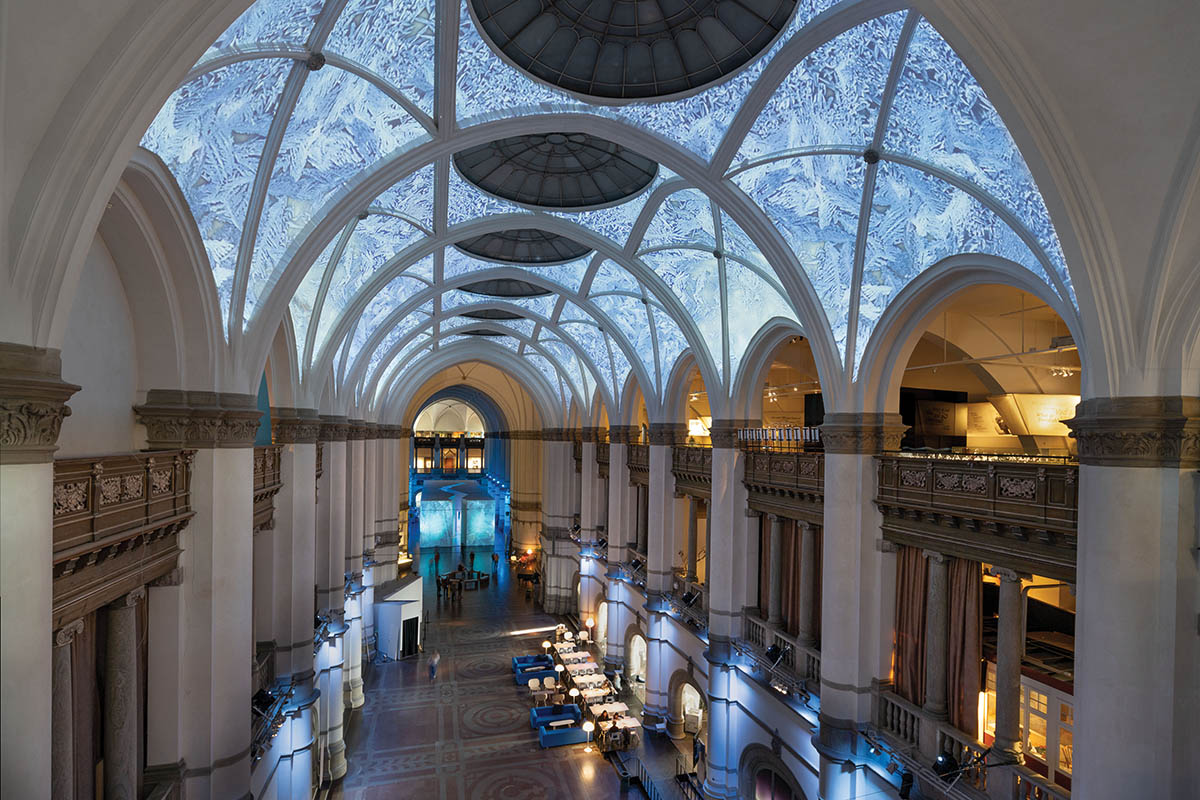
Photo: Hendrik Zeitler
Committed to showcasing Nordic lifestyle since 1523, Nordiska museet (the Nordic Museum) in Stockholm continually finds new ways to tell stories about the cultural history of Sweden and the Nordics. During almost 150 years, the museum’s collections have grown to contain more than 1.5 million different textiles, clothes, jewellery, furniture, toys, glass and ceramics.
On the lush island of Djurgården, a green oasis in Stockholm, towers a magnificent, intriguing building. With its spires, domes and sculptures, it stops many a passer-by in their steps – it certainly is a building meant to be noticed. In fact, when it was first designed, the intention was to make the museum four times as big as it is today. Still absolutely huge, after a long planning and building process, the museum opened its doors in 1907. The large main hall is 126 metres long and the ceilings are more than 20 metres high, which makes it among the largest non-church rooms in Sweden, beaten only by a few sports arenas. This big hall currently hosts an exhibition that is all about Arctic life and culture.
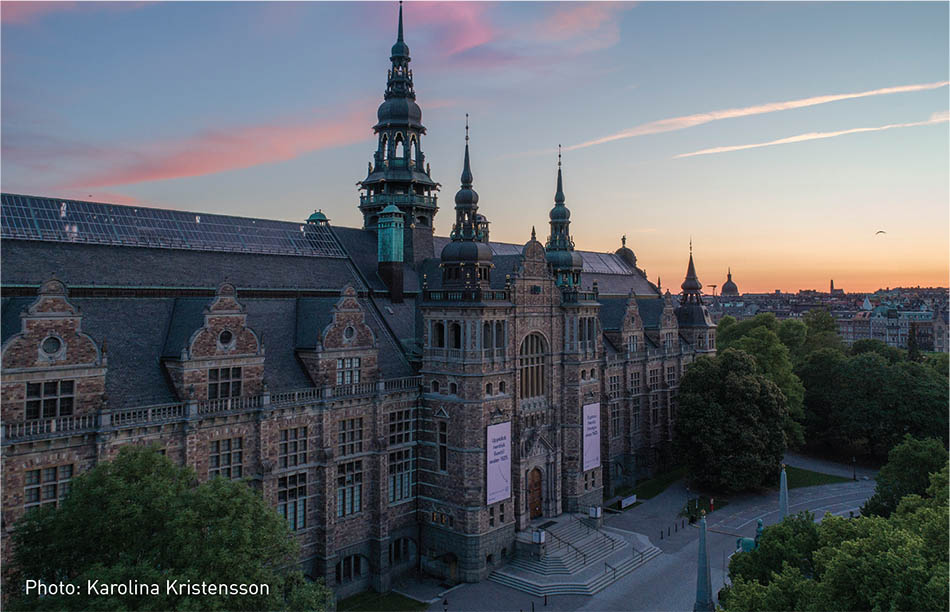
Arctic – while the ice is melting
This exhibition, which will remain open throughout 2020, covers the many different lifestyles of the people who live in the circumpolar regions. This, of course, is a part of the world where environmental and living conditions are changing rapidly. The centrepiece of the exhibition is a model of a large ice sheet, split by a deep rift. Visitors are invited to follow the stream of melt water through the rift and further into the iceberg. Objects, films and art connect the past with the present and science with mythology. To add to the ambiance, the vast Arctic sky is projected onto the high ceilings in the main hall.
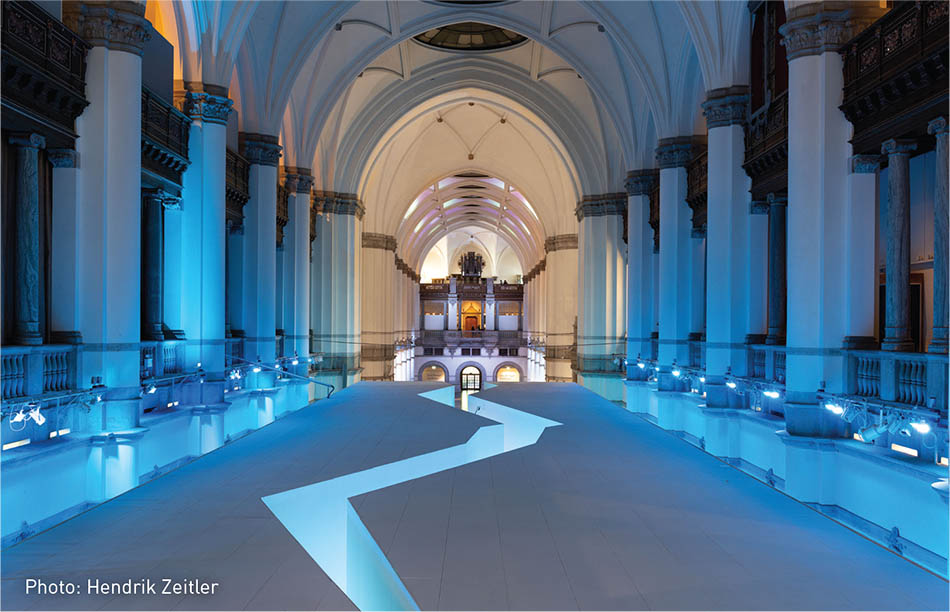
The exhibition covers parts of the Arctic located in the Nordic region: Qaanaaq in Greenland, Vatnajökull in Iceland, the river Näätämö in Finland, Svalbard in Norway and Arjeplog and Abisko in Sweden. In addition, it also touches on other parts of the Arctic, such as the Clyde River in Canada and Jamal in Russia.
The playroom and the time vault
Generations of children visiting Nordiska museet have considered a stop in the playroom absolutely essential. Dressing up in clothes characteristic for the late 1800s, kids are invited to play and learn their way through the everyday chores on an 1890s farm, such as collecting water from the well, carrying firewood to the stove, milking the cows, heading to the shop and washing clothes in the river.
In May this year, young visitors will find even more to do and see at Nordiska museet, when The Time Vault opens. This is an imaginative exploration of children’s history in Sweden over the past 150 years. The dramatised and interactive scenery that makes up The Time Vault will let the visitor travel through time and experience how children during different periods dressed, ate, lived, played, worked and went to school. The stories are inspired by real life stories from the museum’s immense archives.
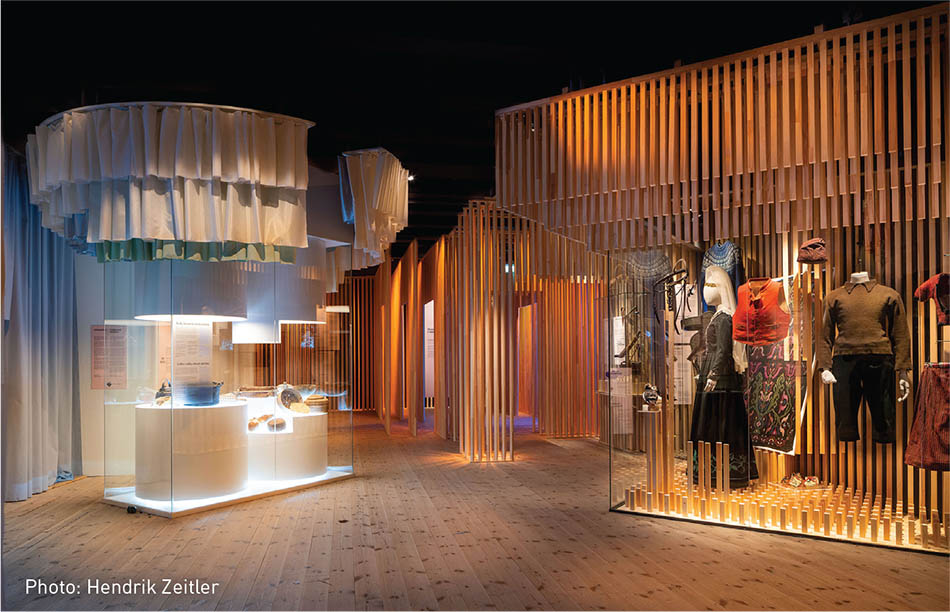
About Nordiska museet The museum is open every day, all year round. The museum provides a free audio guide in ten languages. On the list of the most-visited museums in Sweden in 2019, Nordiska museet is in fourth place. The restaurant is sustainable and offers three main courses to choose from daily. As part of the exhibition Arctic – while the ice melts, the restaurant offers a menu bursting with Arctic flavours. For example, how about venison rissoles with a cream sauce and lingonberry jam? The museum shop is full of beautiful Nordic crafts and products. Web:www.nordiskamuseet.se Facebook: Nordiska museet Instagram: @nordiskamuseet
Subscribe to Our Newsletter
Receive our monthly newsletter by email

